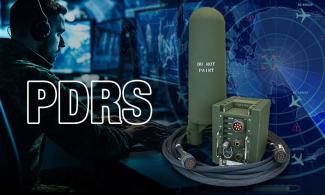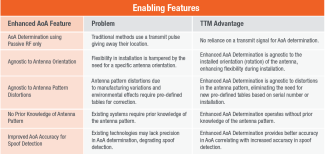
Enhanced Angle of Arrival (AoA) Determination & Spoof Detection
As a leading supplier of advanced Identification Friend or Foe (IFF) technology, we continue to inspire innovation with our patent pending Enhanced AoA and Spoof Detection using Machine Learning. This new capability provides a 30% improvement in AoA determination over traditional methods.
The AN/UPR-4(V) is our passive surveillance system that detects ADS-B messages, a satellite-based surveillance system, from aircraft to create airspace situational awareness. Using a six-channel antenna allows the system to measure AoA of incoming messages based on amplitude comparison between channels and using a look-up table to calculate the AoA. The AoA estimation accuracy is impacted by variations in antenna patterns across the six antenna elements, the orientation of the antenna, and other real-world environmental effects.
A major flaw with ADS-B is that it’s not a secure protocol, and the aircraft’s GPS location reported in the transmitted messages can be manipulated. Spoof Detection is possible by comparing the location reported in the ADS-B messages with the estimated AoA calculated by the PDRS.
Using our Innovation Cell, we incorporated Machine Learning to increase the accuracy of the calculated AoA, thereby providing a more robust Spoof Detection function. This improved function more accurately detects smaller variations in reported AoA and system-calculated AoA. Our team implemented a Neural Network to replace the antenna pattern look-up table method and achieved a significant improvement in accuracy.
Our approach eliminates the need for pre-defined lookup tables, providing a more adaptive and efficient solution. It determines the AoA without requiring knowledge of antenna orientation, antenna patterns, or other installation variations, thus enhancing accuracy and versatility.

For more information, please visit: AN/UPR-4 (PDRS)








